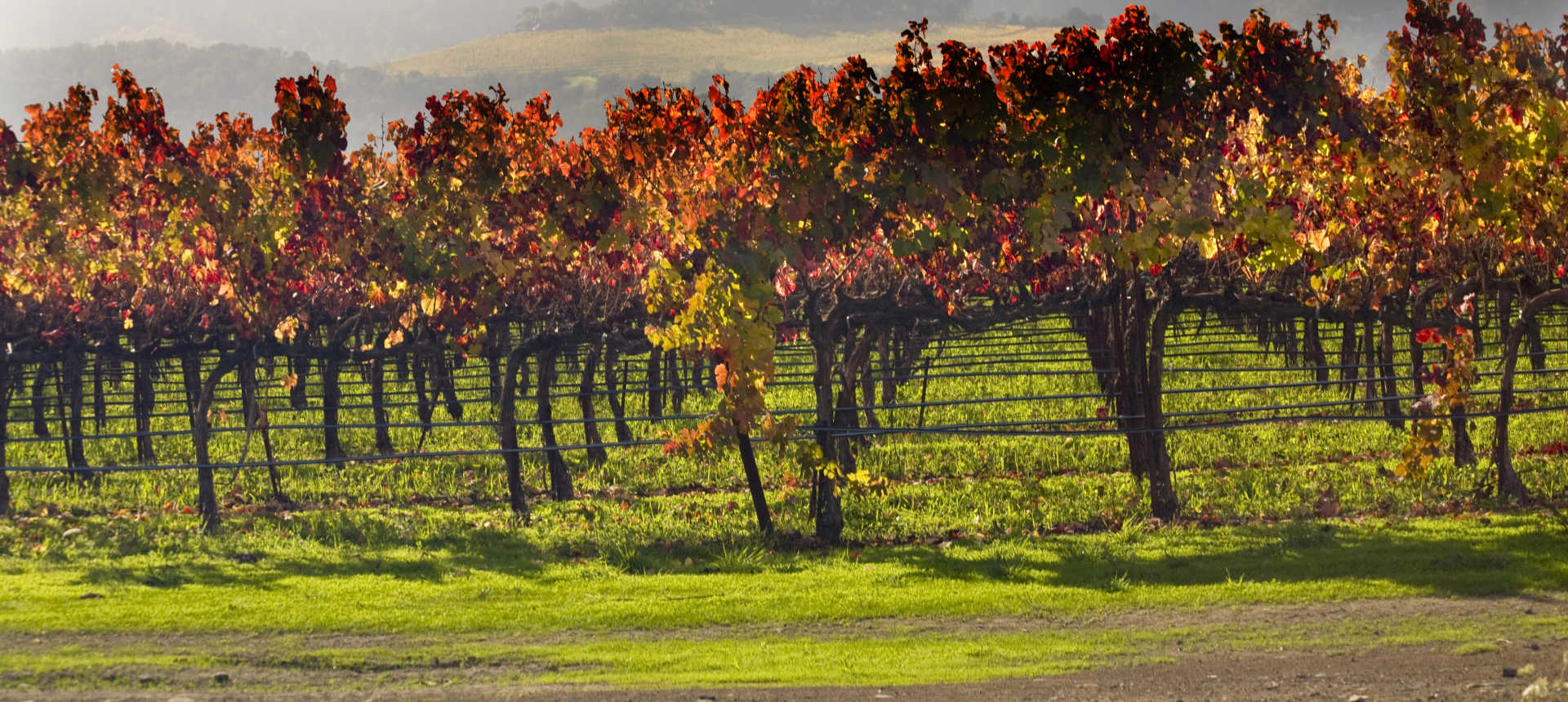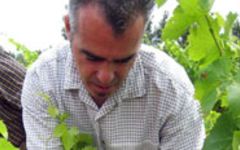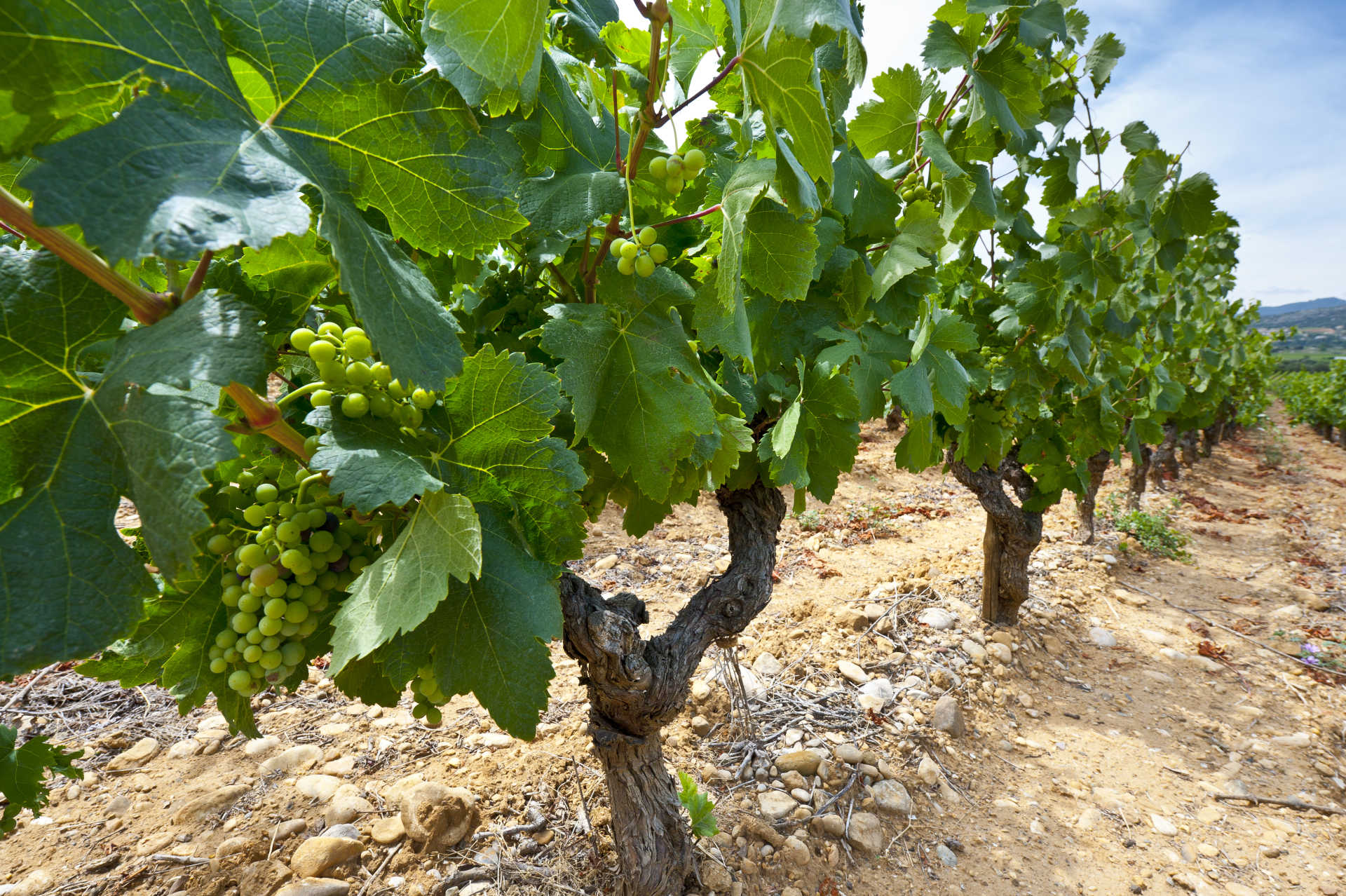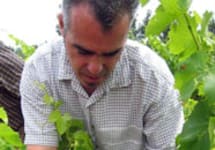Clos du Caillou Chateauneuf-du-Pape Les Safres Blanc 2018
-
Jeb
Dunnuck -
James
Suckling -
Wine
Spectator



Product Details
Your Rating
Somm Note
Winemaker Notes
This wine has a beautiful Ivory colour with Menton lemon reflections. The nose is balanced with floral notes of lime blossom, fresh bergamot, accompanied by aromas of verbena-mint and verbena-lemon. The mouth is superb, rich, complex, dominated by aromas of pineapple jam, candied lemon and Corsica clementine sabayon. Beautiful minerality and beautiful length. A Great Wine.
Pair with petit nice bouillabaisse, turbot fillet fried in salt crusted, dorado fillets cooked with gingerbread, or sweetbreads with leeks fondue.
Blend: 40% Grenache blanc, 30% Roussanne, 30% Clairette
Professional Ratings
-
Jeb Dunnuck
The 2018 Châteauneuf Du Pape Les Safres Blanc is a blend of Grenache, Roussanne, and Clairette brought up in older oak. Caramelized peach, white flowers spice, and honeyed notes all emerge from the glass Layered, with an attractive core of fruit, impeccable balance, and beautiful purity, it's a gorgeous white and one of the top efforts in the vintage.
-
James Suckling
Impressive concentration and complexity here, this has attractive poached peaches and peach custard with a light, brulee-crust edge. The palate has such rich peaches and almost sorbet-like lightness and freshness on offer.
-
Wine Spectator
Fresh and forward, with white peach, lemon curd, yellow apple and fennel notes melded together, backed by a hint of brioche on the rounded finish. Drink now through 2021.
Other Vintages
2021-
Jeb
Dunnuck -
Robert
Parker
-
Wine
Spectator -
Jeb
Dunnuck
-
Jeb
Dunnuck -
Robert
Parker
-
Wine
Enthusiast -
Robert
Parker -
Jeb
Dunnuck
-
Robert
Parker
-
Robert
Parker


—Robert Parker, The Wine Advocate
From robust Côtes-du-Rhône to memorable Chateauneuf-du-Pape, Clos du Caillou wines arguably represent some of the finest values in all of France. Proprietor Sylvie Vacheron and winemaker Bruno Gaspard are keeping the great work of the late Jean-Denis Vacheron alive with wines that are heady, robust and mouth-wateringly lush.
Caillou tends wonderfully old Grenache vines, some of which are 70 to 100 years old. With older Syrah and Mourvèdre added to the mix, it’s no wonder that Caillou wines are across the board impressive for their power, extract and deep minerality. The estate’s Chateauneuf terroir borders the impressive domaines of Chateau Rayas and Beaucastel.
Yet many of the Vacheron-Pouizin family's old vines are classified, by a quirk of 1923 politics, Côtes-du-Rhône and Côtes-du-Rhône-Villages. It’s why our Côtes-du-Rhône barrel selections show surprisingly like its kin in Chateauneuf-du-Pape.
In 1996 Jean-Denis Vacheron took full control of the viticulture and élévage at this estate. Under his stewardship, the wines of Caillou steadily gained stature, and today are benchmarks for the appellation. He understood that temperature-controlled fermentation and a cool, clean cellar are necessary to craft wines with refinement and true complexity.

Full-bodied and flavorful, white Rhône blends originate from France’s Rhône Valley. Today these blends are also becoming popular in other regions. Typically some combination of Grenache Blanc, Marsanne, Roussanne and Viognier form the basis of a white Rhône blend with varying degrees of flexibility depending on the exact appellation. Somm Secret—In the Northern Rhône, blends of Marsanne and Roussanne are common but the south retains more variety. Marsanne, Roussanne as well as Bourboulenc, Clairette, Picpoul and Ugni Blanc are typical.

Famous for its full-bodied, seductive and spicy reds with flavor and aroma characteristics reminiscent of black cherry, baked raspberry, garrigue, olive tapenade, lavender and baking spice, Châteauneuf-du-Pape is the leading sub-appellation of the southern Rhône River Valley. Large pebbles resembling river rocks, called "galets" in French, dominate most of the terrain. The stones hold heat and reflect it back up to the low-lying gobelet-trained vines. Though the galets are typical, they are not prominent in every vineyard. Chateau Rayas is the most obvious deviation with very sandy soil.
According to law, eighteen grape varieties are allowed in Châteauneuf-du-Pape and most wines are blends of some mix of these. For reds, Grenache is the star player with Mourvedre and Syrah coming typically second. Others used include Cinsault, Counoise and occasionally Muscardin, Vaccarèse, Picquepoul Noir and Terret Noir.
Only about 6-7% of wine from Châteauneuf-du-Pape is white wine. Blends and single-varietal bottlings are typically based on the soft and floral Grenache Blanc but Clairette, Bourboulenc and Roussanne are grown with some significance.
The wine of Chateauneuf-du-Pape takes its name from the relocation of the papal court to Avignon. The lore says that after moving in 1309, Pope Clément V (after whom Chateau Pape-Clément in Pessac-Léognan is named) ordered that vines were planted. But it was actually his successor, John XXII, who established the vineyards. The name however, Chateauneuf-du-Pape, translated as "the pope's new castle," didn’t really stick until the 19th century.
